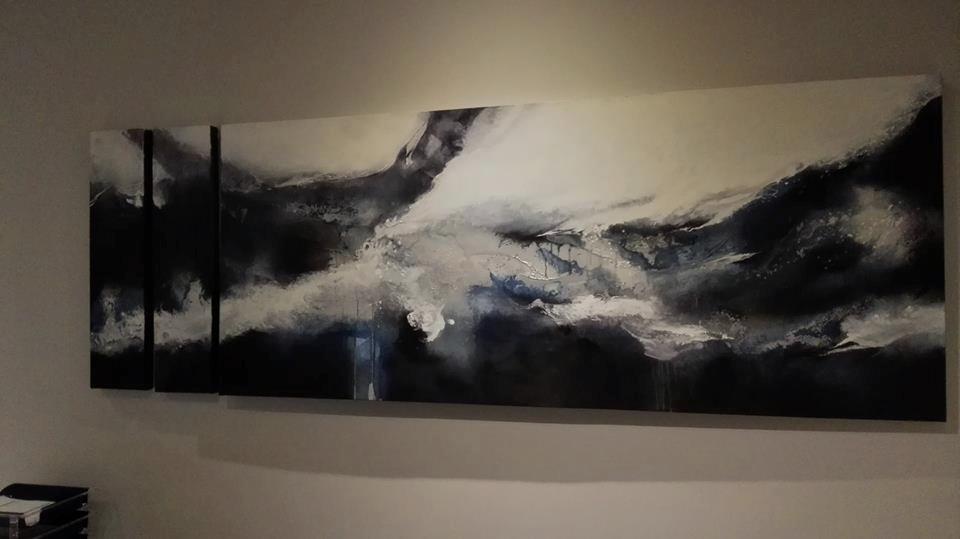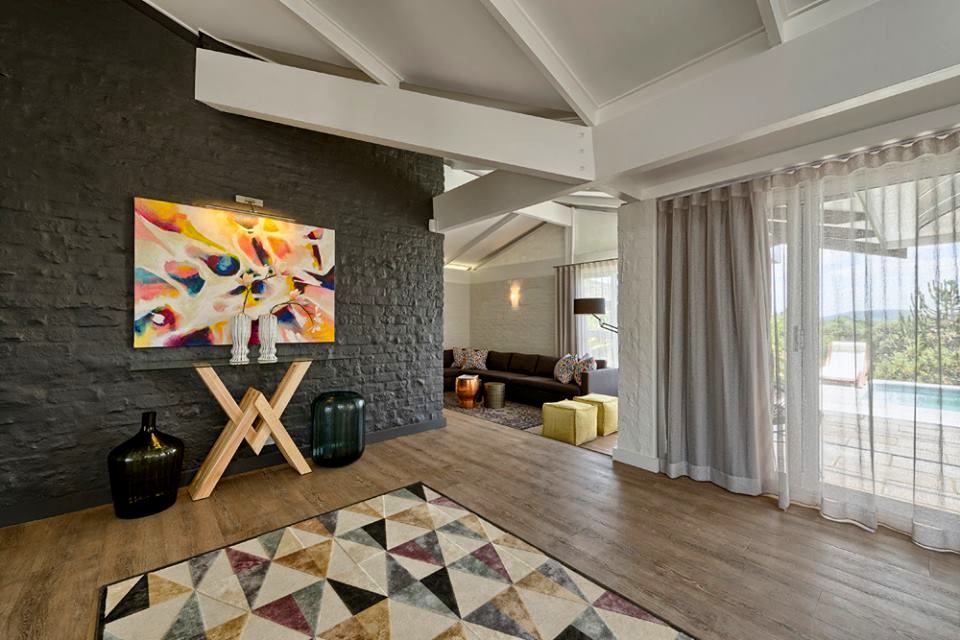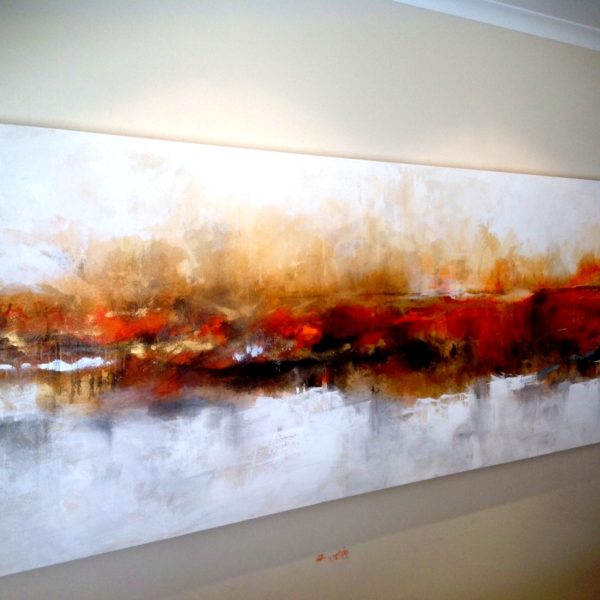ABSTRACT PAINTING AND BREAKING RULES
A lot of clients would come into my gallery and ask me about the abstraction aspect in my work and how I get it to that point.
I thought I would share a few tips on what I do when I approach each blank canvas.
Firstly, I have a rough idea about what colours I am going to use before I start. Whatever the medium. I usually have a feeling about what the end result should look but that is usually just a formality at this stage. I use references like photographs and analyse elements which make up the scene. Because I usually paint sea and landscapes, I will paint those individual elements first, with the hope that it creates the feel of the end result, rather than the result itself. Music HAS to be on, that is non-negotiable. I love exploring the symbiosis between music and art. It is, more times than not, my saving grace. I can paint with anything playing in my ears. Electronica to Marilyn Manson and anything in between. It has to be on and it has to be loud. (hint: buy headphones)
From the beginning stages of gesso’ing the canvas, I’m already mark-making. I use objects like hair-combs, wedges, edges of hard cardboard, sticks and twigs from the garden, just about anything that would move the medium around on the canvas. What I am looking for is a good base to work off. Remember, a well built house has solid foundations, and it’s the same with your canvas.

I don’t follow the rules next. At all. I don’t work in any sort of order. I hardly ever use a brush. I mix oil and water. I make marks left handed (I’m right handed), I use rags, and sponges, and finger nails. I work frenetically. Almost hurried. I never think about the canvas having a top and a bottom at this stage. Step back from the canvas, a lot. See it from a distance. Chefs constantly taste their dishes during their process, and this is your tasting phase. Don’t be concerned with layering colour on colour on colour on colour. The canvas needs substance. And the more you add to it, the more it grows and the more substantial it becomes. Keep the areas you like, because you can. Obliterate the parts you don’t, because you can. Remember, you can never make a mistake with your artwork for one simple reason – it’s yours. Own it.
And then, probably the most important piece of advice I can share here is this: never paint from your wrist, rather paint from your shoulder. Practise this. Make your shoulder and arm an extension of your paintbrush (if you use one).
The final stage is the tweaking. I would pull it all together now by doing as little as possible to the mediums on the canvas. The final stages could be lines simple thin lines, usually with charcoal or fine brush.
Above all, have fun. You cannot make mistakes.





No Comments